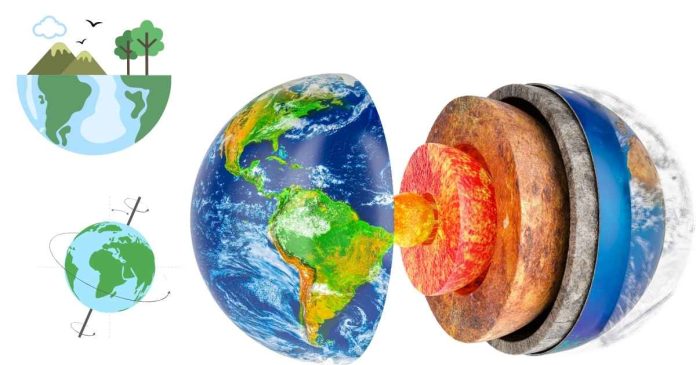The deepest point on the Earth’s surface is the Challenger Deep, located in the Mariana Trench in the western Pacific Ocean. This extraordinary underwater feature is a natural wonder and a site of scientific fascination, holding many secrets about Earth’s geology, oceanography, and biodiversity.
In this article, we’ll explore the location, depth, exploration history, and significance of the Challenger Deep.
Where Is the Challenger Deep?
The Challenger Deep is part of the Mariana Trench, which lies east of the Mariana Islands near Guam in the Pacific Ocean. The trench itself is a crescent-shaped geological formation, spanning approximately 2,550 kilometers (1,580 miles) in length and reaching depths that make it the deepest known part of the world’s oceans.
How Deep Is the Challenger Deep?
The Challenger Deep reaches an estimated depth of about 10,920 meters (35,827 feet), or nearly 11 kilometers (7 miles) below sea level. To put this into perspective:
- If you were to place Mount Everest (the world’s tallest mountain at 8,848 meters or 29,029 feet) inside the trench, its peak would still be over 2 kilometers (1.25 miles) underwater.
Because of its extreme depth, the pressure at the Challenger Deep is about 1,000 times greater than at sea level, making it a highly challenging environment for exploration.
How Was the Challenger Deep Discovered?
The Challenger Deep was named after the British Royal Navy ship, HMS Challenger, which conducted the first global scientific oceanographic expedition from 1872 to 1876. During the expedition, researchers used a weighted line to measure the depth of the ocean and discovered this exceptionally deep point.
Modern techniques, such as sonar mapping and deep-diving submersibles, have since provided more accurate measurements of the trench.
Exploration of the Challenger Deep
Exploring the Challenger Deep is one of the greatest challenges in oceanography due to its extreme depth and pressure. Here are some notable milestones:
- 1960: First Descent
- Jacques Piccard and Don Walsh aboard the bathyscaphe Trieste were the first humans to reach the Challenger Deep. They descended to about 10,916 meters (35,814 feet), marking a historic moment in ocean exploration.
- 2012: Solo Dive by James Cameron
- Filmmaker and explorer James Cameron made a solo descent to the Challenger Deep in the submersible Deepsea Challenger. He spent several hours at the bottom, collecting samples and filming the underwater environment.
- 2020: Deepest Multiple Dives
- Victor Vescovo, an explorer and businessman, made multiple dives to the Challenger Deep in the submersible DSV Limiting Factor. His expeditions provided detailed mapping and biological samples.
What Lives in the Challenger Deep?
Despite its extreme conditions, life exists in the Challenger Deep. Microbial organisms, amphipods (shrimp-like creatures), and xenophyophores (large, single-celled organisms) have been found in the trench. These creatures have adapted to survive under intense pressure, low temperatures, and complete darkness.
The Challenger Deep remains an area of interest for scientists studying extremophiles—organisms that thrive in extreme environments—and the potential for life in similar conditions on other planets.
Why Is the Challenger Deep Significant?
The Challenger Deep is more than just a record-breaking point on Earth; it is vital for understanding:
- Earth’s Geology: It is a subduction zone where the Pacific Plate is being forced beneath the Philippine Sea Plate, offering insights into plate tectonics and the formation of deep-sea trenches.
- Climate Science: Studying the trench helps researchers understand carbon sequestration and the role of deep-sea ecosystems in regulating Earth’s climate.
- Marine Biodiversity: The organisms living in such extreme conditions provide clues about the adaptability of life and the potential for life on other celestial bodies like Europa or Enceladus.
The Challenger Deep is the deepest point on the Earth’s surface, a natural marvel that showcases the complexity and mystery of our planet. While it has been explored only a handful of times, each mission has expanded our understanding of the deep ocean. The Challenger Deep remains a frontier of discovery, holding answers to questions about Earth’s geology, climate, and the limits of life itself.


